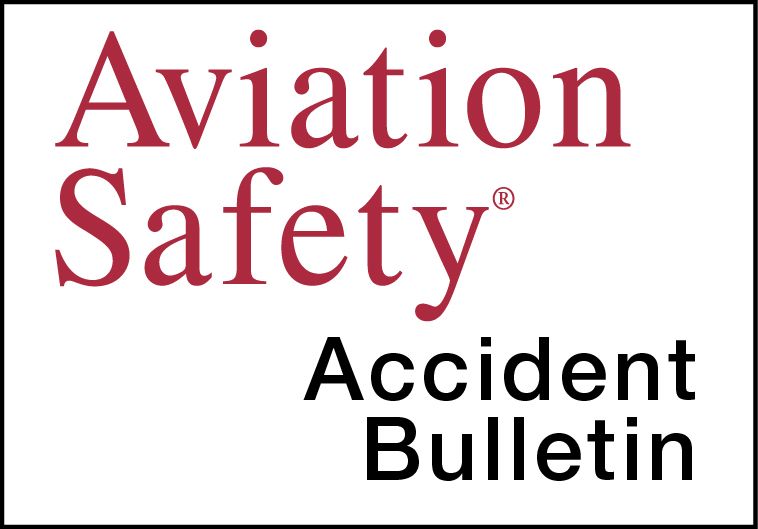AVweb’s General Aviation Accident Bulletin is taken from the pages of our sister publication, Aviation Safety magazine. All the reports listed here are preliminary and include only initial factual findings about crashes. You can learn more about the final probable cause on the NTSB’s website at www.ntsb.gov. Final reports appear about a year after the accident, although some take longer. Find out more about Aviation Safety at www.aviationsafetymagazine.com.
May 17, 2021, St. Louis, Mich.
Cessna 182H Skylane
At about 1308 Eastern time, the airplane was destroyed when it contacted antenna guy wires during a pipeline patrol mission. The solo pilot was fatally injured. Visual conditions prevailed.
Surveillance data show the airplane’s ground track followed the intended pipeline at between 500 feet and 800 feet AGL. The airplane flew into an area containing a 1049-foot-tall radio antenna supported by multiple guy wires, the top of which the FAA sectional chart depicted at 1739 feet MSL. At 1308:33, the final surveillance data showed the airplane at 1369 feet MSL and about 580 feet east-southeast of the radio antenna. The airplane’s last recorded position was about 370 feet below the top of the antenna. Its ground track was toward the guy wires attached to the northeast side of the radio antenna.
May 17, 2021, Racine, Wis.
Flight Design CTLS
The airplane was destroyed during an aborted landing attempt at 2000 Central time. The solo student pilot received minor injuries. Visual conditions prevailed.
The student pilot’s solo cross-country flight was uneventful until she reduced engine power at the destination airport and encountered a severe engine vibration. She continued the approach but performed a go-around due to a coyote on the runway. The student pilot then returned to the departure airport and attempted three landings, but initiated go-arounds due to the vibration and excessive airspeed. During the fourth landing attempt, the airplane bounced several times before the student pilot aborted the landing and attempted to climb with full engine power. Airspeed decreased, however, and the student pilot headed toward a field to land but hit trees, a powerline and a house. Examination revealed a throttle cable had fractured.
May 25, Crossville, Tenn.
Gulfstream American AA-5A Cheetah
At about 0730 Central time, the airplane was destroyed when it collided with terrain after experiencing a partial power loss. The student pilot was fatally injured. Visual conditions prevailed.
At 0726, the student pilot placed a telephone call to his flight instructor. According to the instructor: “He said the airplane’s engine was not making full power; making 75 knots at 1,700 rpm. Normal cruise was around 2,400 rpm about 95 knots airspeed….
“I helped him with troubleshooting, I asked about fuel state, magnetos on, carb heat position, and the instruments were all in the green, but the engine was not making full power, and the airplane could not climb…. I told him to make an emergency landing in a field, and he said there were trees and mountains and I asked if he was talking to ATC, and he said he was not. Soon after, I heard the sound of trees and impact and the connection went dead.”
May 29, 2021, Smyrna, Tenn.
Cessna 501 Citation I/SP
The airplane was destroyed when it struck the surface of a lake shortly after takeoff. The commercial pilot and six passengers were fatally injured. Instrument conditions prevailed; an IFR flight plan had been filed.
The pilot was cleared for takeoff and instructed to turn to a heading of 090 degrees and to maintain 3000 feet msl. The airplane took off and made a climbing right turn. At 1054:46, ATC asked the pilot if he “copied” a subsequent heading instruction. The pilot responded about four seconds later. At 1055:11, ATC instructed the pilot to climb and maintain 15,000 feet MSL, but there was no response. Radar data revealed that after the pilot established contact with departure control, the airplane made a series of heading changes along with several climbs and descents before it entered a steep, descending left turn. The last radar return, at 1055:05, showed the airplane at about 700 feet MSL and descending at about 31,000 feet per minute.
This article originally appeared in the August 2021 issue of Aviation Safety magazine.
For more great content like this, subscribe to Aviation Safety!



































